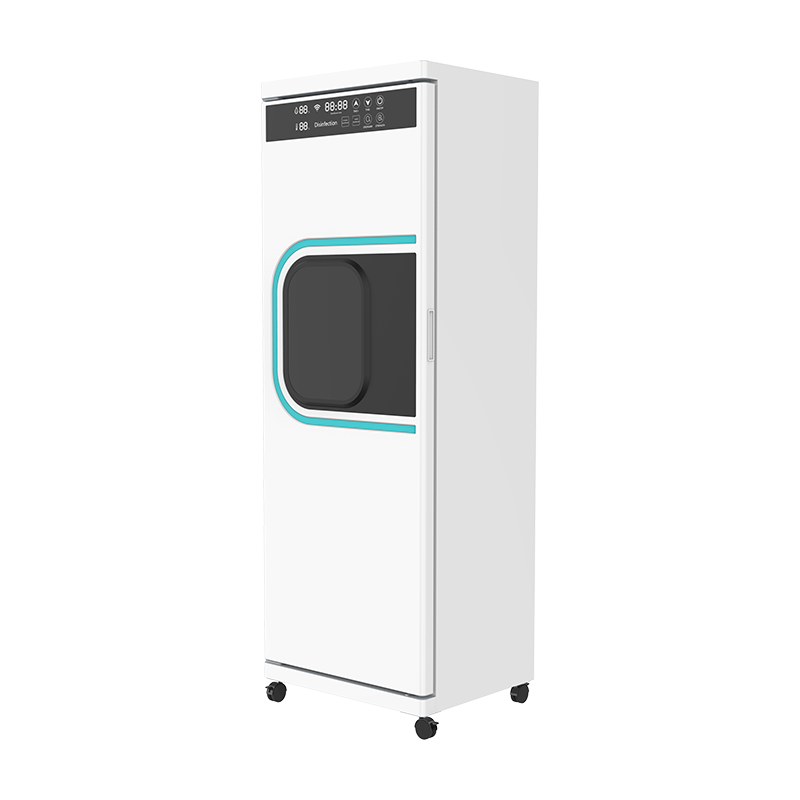1. Is the plastic smell of the air fryer poisonous?
- Source of odor
Normal situation:
The heating element protects the oil (to prevent rust from transport).
Plastic parts are heated for the first time (such as PP material of the shell and inner basket).
Residue of packaging material (plastic bags, foam pads).
Things to be wary of:
Continuous pungent odor (possibly use inferior plastics to release harmful substances).
The taste will worsen after heating (it is recommended to disable and contact after-sales service).
- Is it harmful to health?
Short-term contact: A mild odor is usually harmless, but may affect the taste of the food.
Long-term risks: Low-quality products may release volatile organic compounds (VOCs), such as formaldehyde, at high temperatures.
Authoritative suggestions:
China National Electrical Appliances Research Institute pointed out that plastic parts of air fryers (GB 4806.7-2016) that meet national standards are safe.
Make sure to clean thoroughly and burn empty before first use.

2. 4 steps to use the new pot for the first time
- Step 1: Disassemble and wash all removable parts
How to operate:
Remove the frying basket, tray, oil barrier, etc.
Soak with neutral dishwashing liquid + warm water for 10 minutes and scrub it with a soft cloth.
Focus on cleaning near the heating pipe (residual grease is prone to produce odor).
Note: No steel wool balls are available to avoid scratching the coating!
- Step 2: Empty high temperature to remove the smell
How to operate:
Assemble the empty pot and set it to 200℃ for 10-15 minutes.
There may be white smoke or odor during the process, which is normal.
After completion, ventilate and dissipate the smell, repeat 1-2 times until the odor disappears.
Scientific principle: High temperatures can accelerate volatile protective coatings and plastic residues.
- Step 3: Adsorption of natural materials
Recommended method:
Wipe lemonade: 1 lemon juice + 200ml of water, wipe the inner wall and let sit for 10 minutes.
Fumigation of white vinegar: Put 1 cup of white vinegar in the frying basket and heat it at 180℃ for 5 minutes (the vinegar taste is more refreshing after it evaporates).
Coffee grounds/tea bag: After cooling, put it in the pot to absorb the odor (let it stand for one night).
- Step 4: First Cooking Test
Recommended food:
Sliced lemon or orange (bake at 180°C for 5 minutes, the fruit acid decomposes the odor).
Bread slices (absorb the residue and bake until slightly yellow and discard).
Taboo: Avoid cooking foods with a lot of fat (such as chicken wings) directly for the first time to prevent the odor from leaking in.
3. What should I do if I keep odor? 3 solutions
Check whether to buy inferior products
Check out 3C certification and material identification (food-grade PP/stainless steel is preferred).
Low-priced miscellaneous products may use recycled plastics, so it is recommended to change the brand.
Troubleshoot usage habits
Error operation: The temperature exceeds 200℃, causing the plastic to deform.
Cleaning blind spots: Food residues get stuck in the gaps and become moldy (need to be cleaned with a toothbrush).
After-sales rights protection
If the odor lasts for more than 1 week, contact the manufacturer to issue a material safety inspection report.
Keep shopping vouchers and return and exchange goods in accordance with the Consumer Rights Protection Law.

 EN
EN
 English
English 中文简体
中文简体
.png)









